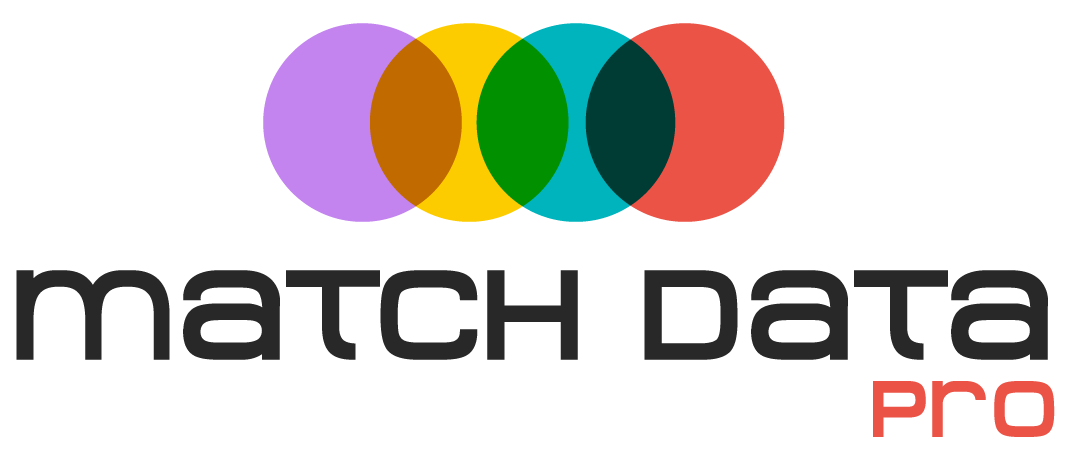Entity Resolution with Senzing:
Simplify and Enhance Your Data Matching
Match Data Pro and Senzing deliver efficient entity resolution, eliminating mismatched or duplicate data, and seamlessly cleaning, matching, and merging across varied sources for better business operations.
Why Choose Match Data Pro?
Our platform not only simplifies the complex process of entity resolution but also enhances data quality, leading to better decision-making across your organization. From deduplication to data integration, Match Data Pro ensures that your data is reliable, accurate, and ready for analysis.

Key Features:
- Accurate Matching: Handle variations in data such as typos or different naming conventions with our advanced fuzzy matching algorithms.
- Scalability: Match up to a million records in just minutes, ensuring that even large datasets are processed quickly and accurately.
- Integration: Easily integrate with existing data systems to unify and cleanse data from different sources.
